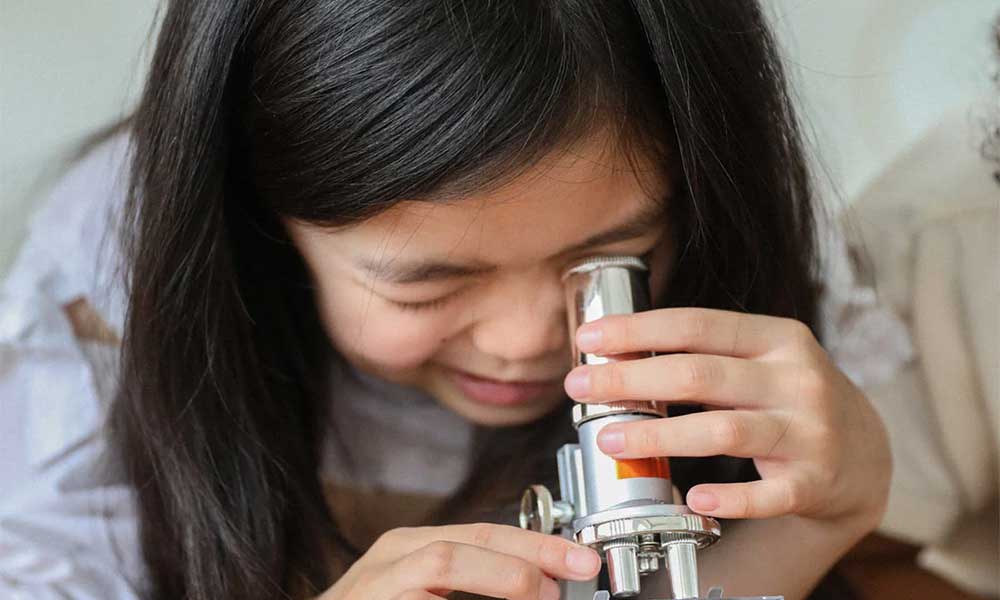Think back to your typical class schedule when you were growing up. In the course of a single day, you probably learned about science, math, art, history, language—and more. So, when you hear about the relatively new emphasis on STEAM learning, you may wonder how that’s unlike the diversified studies from years past.
Here’s the difference: Although STEAM stands for learning about science, technology, engineering, arts and mathematics, STEAM learning really represents a full educational philosophy that teaches practical skills, encourages curiosity and embraces interdisciplinary activities.
Or, as Leonardo da Vinci put it, “To develop a complete mind: Study the science of art; Study the art of science. Learn how to see. Realize that everything connects to everything else.”
Now let’s break down what exactly is STEAM learning and how embracing this educational approach can help your kids thrive in an ever-changing world…
What is the history of STEM learning?
According to Britannica, the acronym STEM was introduced in 2001 by scientific administrators at the U.S. National Science Foundation when the assistant director of education and human resources at NSF realized that sounded better than the acronym they had been using, SMET. The revamped acronym quickly caught attention from educators and researchers, leading to the formation of a bipartisan congressional STEM Education Caucus in the mid 2000s.
Why was the ‘A’ added to STEM learning?
Unfortunately, at the same time STEM learning was catching on, research shows that funding and participation in art programs was declining in schools around the country.
As one 2019 study of more than 10,000 students in Houston found, children who participated in the arts “were more likely to agree that school work is enjoyable, makes them think about things in new ways, and that their school offers programs, classes, and activities that keep them interested in school.” With more evidence to support the importance of a well-rounded education, there was a renewed push to incorporate arts into curriculums. Enter: the “A” in STEAM.
How does a STEAM learning approach benefit kids?
As one study from Michigan State University found, a significant number of people at the top of their field in science also enjoyed creative experiences, such as music or fine arts. “These data clearly demonstrate the relationship between effective scientific imagination and nonscientific creativity,” the researchers stated in their findings.
As for the question of what does this mean for kids—and the parents who also have a hand in their education: For starters, it’s good to encourage your children’s natural interests. Let them create art for the sake of creating. Let me play music for the sake of playing. Let them experiment with blocks or equations or theories for the sake of experimenting. There doesn’t have to be a direct line between the skills they are learning and the careers they will pursue.
How can you practice STEAM learning with your kids?
- Create study units: Dedicate a period of time to learning about a specific topic that can be explored from a variety of angles. For example, a butterfly unit can cover biology, physics, color studies and more!
- Encourage experimentation: By posing open-ended questions, kids can take the lead, build their confidence and create their own solutions.
- Celebrate the efforts, not just the successes: With STEAM learning, trials and errors are to be welcomed! A great way to combat perfectionism, STEAM learning shows that every dead end can put you on a clearer path to solving a problem.


